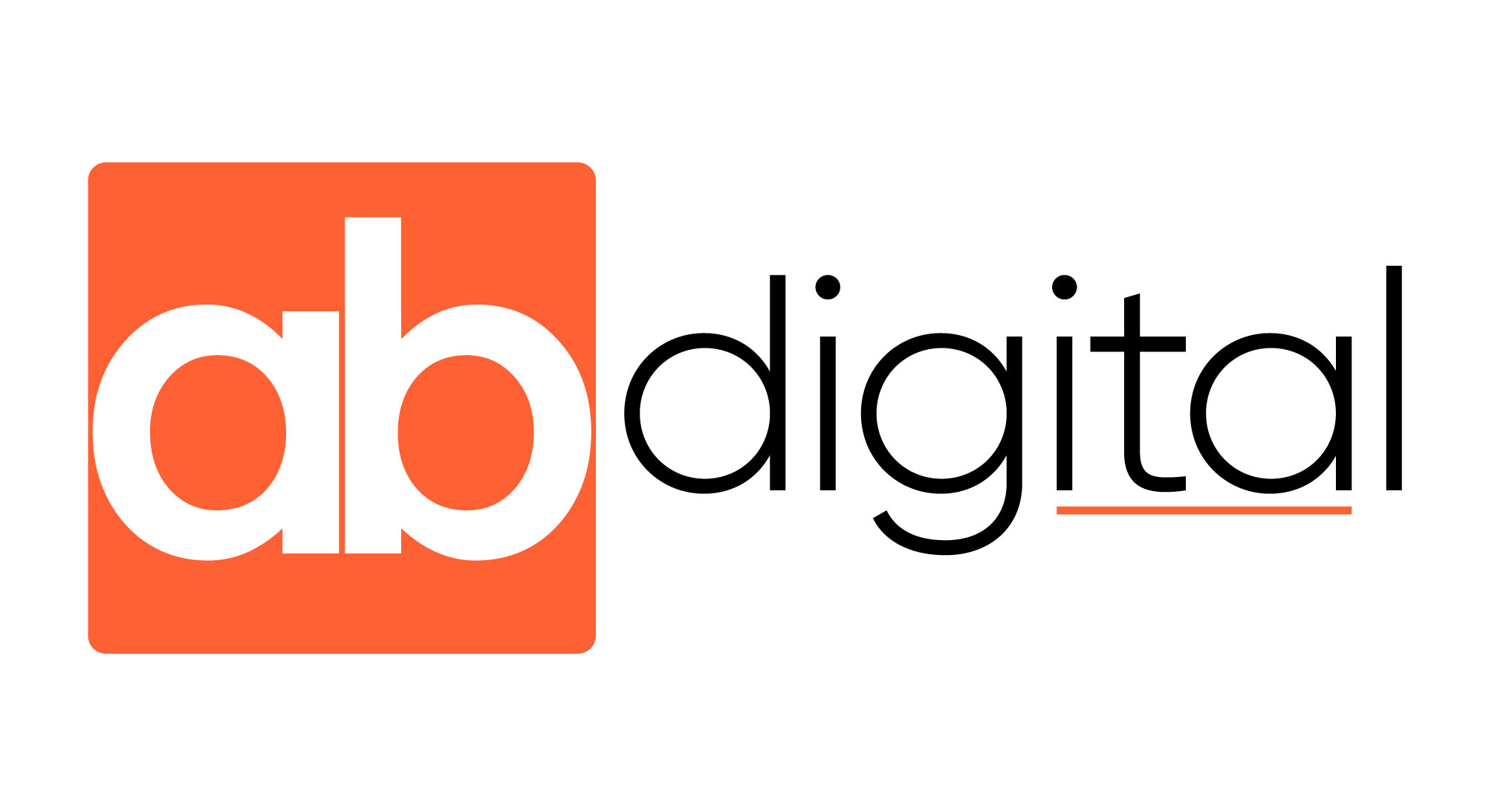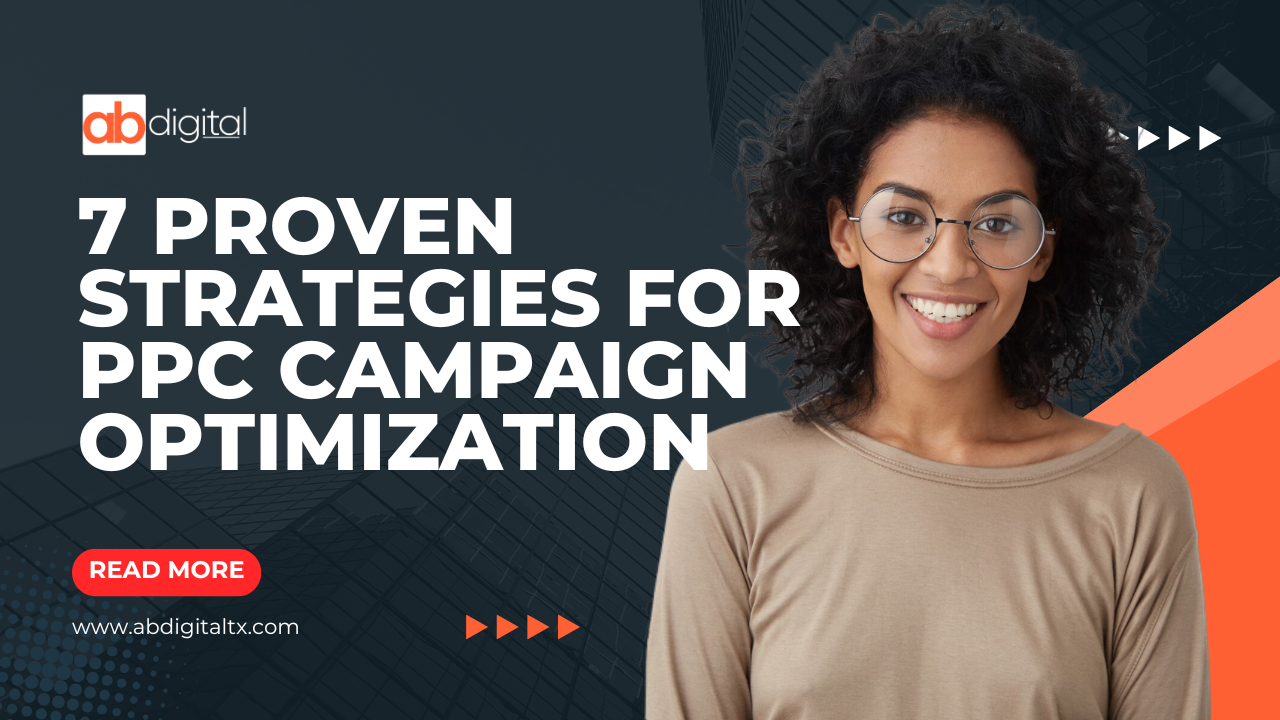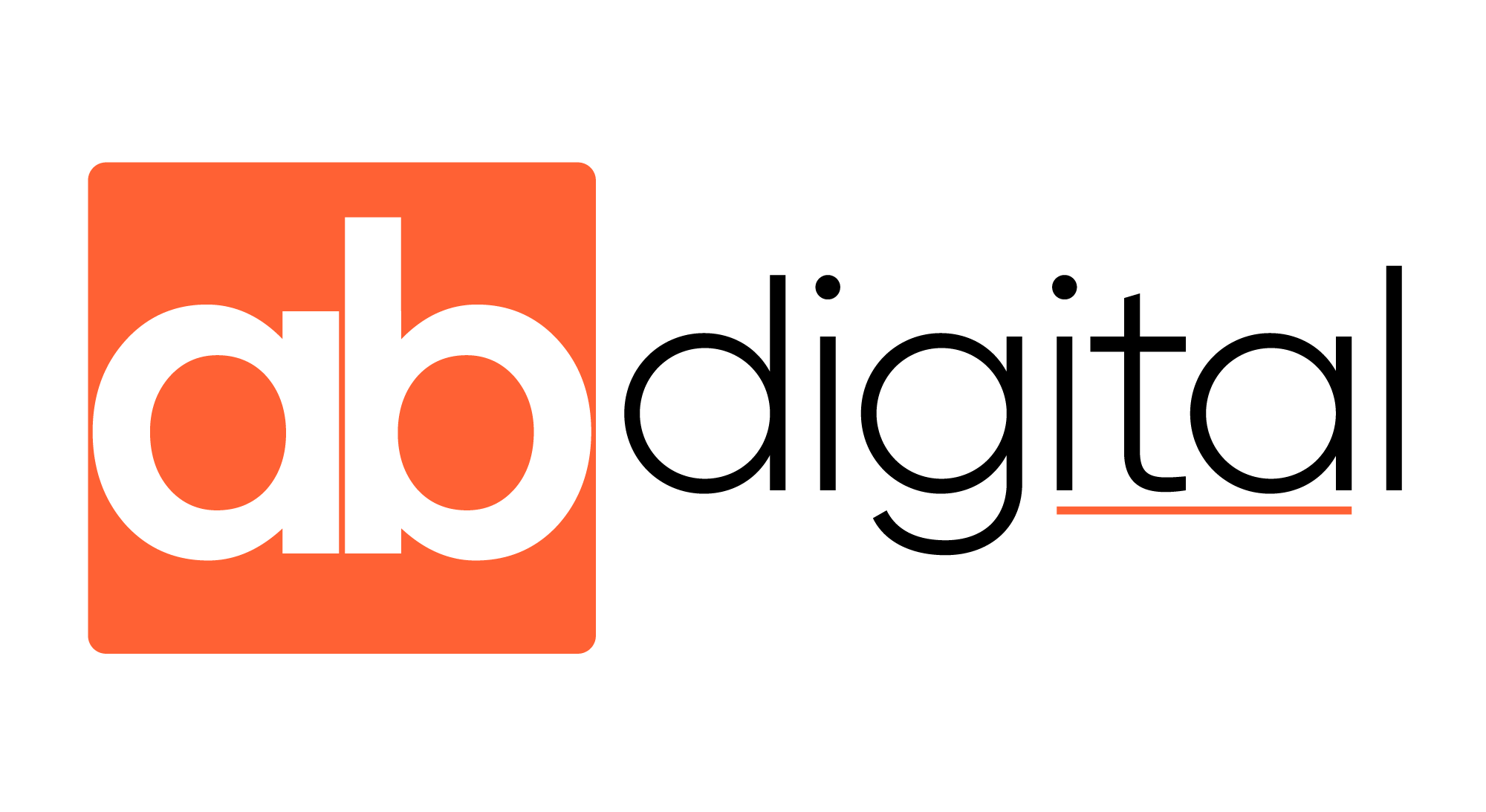In today’s hyper‑competitive digital landscape, PPC campaign optimization isn’t optional—it’s essential. Without a deliberate, data‑driven approach, your paid ads risk draining budgets and delivering poor results. But when you master PPC campaign optimization, you transform raw ad spend into a powerful engine that can maximize ROI and fuel sustainable growth.
This comprehensive guide dives deep into seven proven strategies—backed by real‑world examples and step‑by‑step tactics—to help you refine keyword selection, craft compelling ads, enhance landing pages, and leverage automated bidding. Whether you’re a small‑team marketer at a community bank or a solo digital lead at an oilfield services firm, these methods will ensure every dollar you spend on paid media works harder and smarter.
By the end of this post, you’ll have a clear blueprint for continuous improvement, so you can:
- Slash wasted spend on irrelevant clicks
- Improve ad relevance and Quality Score
- Raise click‑through rates and conversions
- Ultimately, maximize ROI on your PPC investments
1. Conduct Thorough Keyword Research
Effective PPC campaign optimization begins with the right keywords. A laser‑focused keyword list ensures your ads show to high‑intent searchers and reduces wasted spend.
Steps to Master Keyword Research
- Use Multiple Tools: Combine Google Keyword Planner, SEMrush, and Ahrefs to uncover volume, competition, and CPC estimates.
- Segment by Intent:
- Transactional keywords (e.g., “buy [service] online”)
- Navigational keywords (e.g., “company name login”)
- Informational keywords (e.g., “how to choose [service]”)
- Long‑Tail Focus: Identify three‑ and four‑word phrases that signal buying intent. Though volume is lower, long‑tails often convert at higher rates and cost less per click.
- Negative Keywords: Regularly review search term reports to add irrelevant queries (e.g., “free,” “jobs,” or unrelated locations) to your negative list.
Example: A credit union targeting “auto loan rates 2025” will see higher conversion rates than generic “auto loans.”
By dedicating resources to meticulous keyword research, you lay the foundation for scalable PPC campaign optimization and position yourself to maximize ROI from the very first click.
2. Craft Compelling, Relevant Ad Copy
Your ads must resonate instantly. Even with perfect keywords, poor ad copy can derail performance.
Best Practices for Ad Copy
- Headline Alignment:
- Include your primary keyword: “PPC Campaign Optimization Experts.”
- Keep headlines under 30 characters for clarity.
2.- Benefit‑Driven Descriptions:
- Highlight a specific advantage: “Reduce CPC by 25% in 30 Days.”
- Use numbers and timeframes to add credibility.
3.- Strong Call‑to‑Action (CTA):
- Verbs first: “Book Your Free Audit →” “Get Instant Quote.”
- Align CTAs with landing page offers for consistency.
4.-Emotional Triggers & Social Proof:
- “Join 500+ businesses that maximize ROI with our PPC audits.”
- Use phrases like “proven,” “guaranteed,” or “trusted.”
Split‑Test Example:
- Variant A: “Optimize PPC Campaigns—Boost Conversions”
- Variant B: “Slash Ad Spend—Maximize ROI in 30 Days”
Running multiple ad variations lets you pinpoint which messaging most effectively drives clicks and conversions. This ongoing A/B testing is key to continuous PPC campaign optimization.
3. Optimize Landing Pages for Conversion
A click is only the beginning. To maximize ROI, your landing pages must be built to convert.
Conversion‑Focused Landing Page Elements
- Headline Consistency: Mirror your ad’s promise in the page headline.
- Above‑the‑Fold CTA: Place a prominent form or button where visitors first land.
- Minimal Form Fields: Only ask for essential information (name, email, phone).
- Trust Signals: Include client logos, testimonials with photos, and industry certifications.
- Clear Value Proposition: Use bullet points to summarize benefits (e.g., “No contracts,” “24/7 support”).
- Mobile Responsiveness: Ensure buttons and forms render legibly on all devices.
Case Study Snippet:
A regional oilfield services marketer implemented a one‑step form with two fields and saw a 32% lift in conversions—an example of direct impact from PPC campaign optimization best practices.
Regularly heat‑map and session‑record landing pages to identify friction points. Iterate headlines, imagery, and form placement until you find the highest‑performing combination.
4. Leverage Ad Extensions
Ad extensions supplement your core ad copy, offering additional information and increasing real estate on the SERP.
Top Extensions to Use
- Sitelinks: Showcase multiple landing pages (e.g., Services, Case Studies, Pricing).
- Callouts: Highlight USPs (“No Setup Fees,” “Award‑Winning Service”).
- Structured Snippets: List services or products (e.g., “SEO, PPC, Email Marketing”).
- Call Extensions: Enable click‑to‑call for mobile users.
- Location Extensions: Display local office address for proximity searches.
Impact: Google reports that using at least two ad extensions can boost CTR by up to 15%.
Integrating a robust mix of extensions is a quick win in your PPC campaign optimization playbook—adding context that persuades users and driving qualified traffic.
5. Implement Smart Bidding Strategies
Manual bidding can’t keep pace with real‑time auction dynamics. Smart bidding uses machine learning to adjust bids for each auction.
Popular Smart Bidding Options
- Target CPA (Cost‑Per‑Acquisition): Automatically sets bids to achieve your average cost‑per‑conversion goal.
- Target ROAS (Return on Ad Spend): Bids to maximize conversion value while hitting your desired ROAS.
- Maximize Conversions/Conversion Value: Focus on driving the highest volume/value of conversions within budget.
Tips for Success:
- Set Realistic Targets: Base initial targets on historical averages.
- Allow Learning Period: Give Google 7–14 days to gather conversion data before judging performance.
- Monitor Closely: Review weekly to ensure bid strategies align with lead quality and volume goals.
By harnessing smart bidding, you remove manual guesswork and empower Google’s algorithms to drive optimal results at scale—another vital tactic in PPC campaign optimization to maximize ROI.
6. A/B Test Ads and Landing Pages
Continuous testing is the engine of growth. Without it, you’ll plateau.
A/B Testing Framework
- One Variable at a Time: Headlines, CTAs, images, or form fields.
- Sufficient Sample Size: Run tests until you reach 95% statistical significance (use tools like Google Optimize).
- Iterate Quickly: Pause losing variants, launch new tests, and document learnings.
Example Workflow:
- Test two headlines on your landing page.
- Track conversion rate over two weeks.
- Identify the winner, then test a new CTA.
A disciplined A/B testing culture ensures your PPC campaign optimization efforts compound over time, steadily improving key metrics and driving down CPA—ultimately helping you maximize ROI.
7. Review and Refine with Data
Optimization is never “done.” Build a regular cadence for data‑driven refinement.
Key Metrics & Review Cadence
- Weekly: CPC, CTR, conversion rate, CPA.
- Monthly: Quality Score distribution, impression share, budget pacing.
- Quarterly: ROAS, lifetime value (LTV) vs. acquisition cost, cross‑channel attribution.
Tools & Dashboards:
- Google Analytics 4 for end‑to‑end attribution.
- Data Studio/Looker Studio for custom dashboards combining Search, Paid Social, and GA4.
- Automated alerts for spikes in CPC or drops in conversion rate.
By institutionalizing a data review process—complete with clear KPI ownership and automated reporting—you ensure your PPC campaign optimization strategy remains agile, informed, and relentlessly focused on ways to maximize ROI.
Frequently Asked Questions
Q1: How often should I refresh my ad creatives?
Rotate every 10–14 days to avoid ad fatigue and maintain strong performance.
Q2: What’s a good benchmark for Quality Score?
Aim for a Quality Score of 7+; lower scores signal misalignment between keyword, ad copy, and landing page.
Q3: Can I optimize PPC without a large budget?
Yes—start with precise long‑tail keywords, A/B test ruthlessly, and leverage smart bidding to get the most from every dollar.
Next Steps
Mastering PPC campaign optimization is a journey, not a one‑time project. By rigorously applying these seven strategies—keyword research, compelling ad copy, conversion‑focused landing pages, ad extensions, smart bidding, A/B testing, and data‑driven refinement—you’ll unlock sustained performance improvements and maximize ROI on your paid media investments.
Ready to accelerate your PPC results?
Book your complimentary audit today and let our team show you customized opportunities to slash costs and boost conversions.



